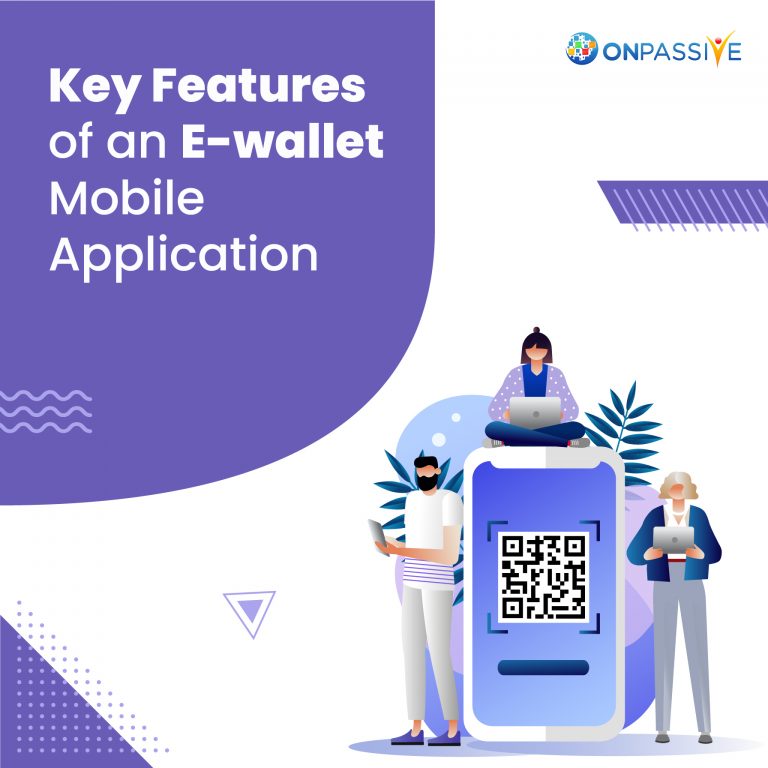
The advancement of various technologies and effortless or easy access to the internet and mobile banking has resulted in the rise of digital payments. People these days are preferring highly advanced methods of payment techniques such as internet banking, credit cards or e-wallets and are moving away from traditional payment methods.
The trend of digital payment has seen significant growth over the past few years. Even businesses are more inclined towards digital payments, especially in the current pandemic situation.
Customers these days are primarily relying on online shopping. The virtual wallets in their mobiles help store their bank details, credentials, and loyalty points and enable them to make purchases with a few taps, making the whole process complete in a smooth manner.
As digital wallets are easy to use and help enhance the overall process, many businesses are developing e-wallet mobile applications to provide their users with better experiences and added benefits.
Key Features of an E-wallet Mobile Application
To ensure the seamless performance of your E-wallet app, it should be loaded with all the essential features in order to make it more acceptable.
The following are few key features that you should consider including in your E-wallet mobile application:
Authenticated User Registration
User registration is considered the main feature of any application. Users need to fill in their details, such as their mobile number and email address, in order to register themselves with the application. The next step is to enter the verification code and complete the KYC (Know Your Customer) process to ensure safe payment. Many E-wallet mobile applications require users to complete their KYC process for a safe mode of transactions.
Blending Credit/Debit Card and Bank Account
One of the critical feature to make your app easily usable is to offer users with bank account and credit or debit card information. When users are provided with multiple cards or bank account choices and a secure space to store their bank details, they can have a better user experience when using your mobile application.
Integrate Major Payment Gateways
The more payment gateways you support through your application, the better it becomes. Businesses need to integrate all possible payment gateways such as PayPal, Google Pay, Amazon Pay in order to provide users with as many options possible for an enhanced user experience.
Paying Utility Bills
Your E-wallet mobile application needs to include user-focused features such as; providing users with options to pay their utility bills using digital wallets and enable them to purchase all category of products with an effortless and safe mode of payment.
Quick Sending and Receiving of Amount
E-wallet mobile application should be designed to allow users to quick transactions and send or receive money instantly to anyone through scanning a QR code or providing a recipient number. Facilitating such transactions is considered a vital feature.
Bank to Bank Money Transfer
Bank to bank money transfer is one of the vital features of most advanced E-wallet applications. This feature is handy when a user is reluctant to keep much amount in his wallet. This feature is essential when there is a monthly limit for transactions or keeping money.
By including these necessary features along with other advanced features such as cloud integration, data management, and virtual card integration, a well developed E-wallet mobile application can be developed.
However, the entire process of developing an E-wallet application requires proper planning and few considerations. The basics of making payments should be the topmost priority, and the developers need to ensure that the application is user friendly and do not have any challenging process.
Conclusion
E-wallets will undoubtedly be the future of payments, with most people switching to digital payment methods. People these days are utilizing e-wallet mobile applications for a range of transactions such as online shopping, transferring money to each other or paying bills. Even e-commerce businesses are primarily relying on e-wallet transactions for a better customer experience.
Therefore, businesses need to develop their e-wallet mobile applications in such a way that they are loaded with all necessary features, ensuring they are portable, easy to use, and high-level security for user engagement.


